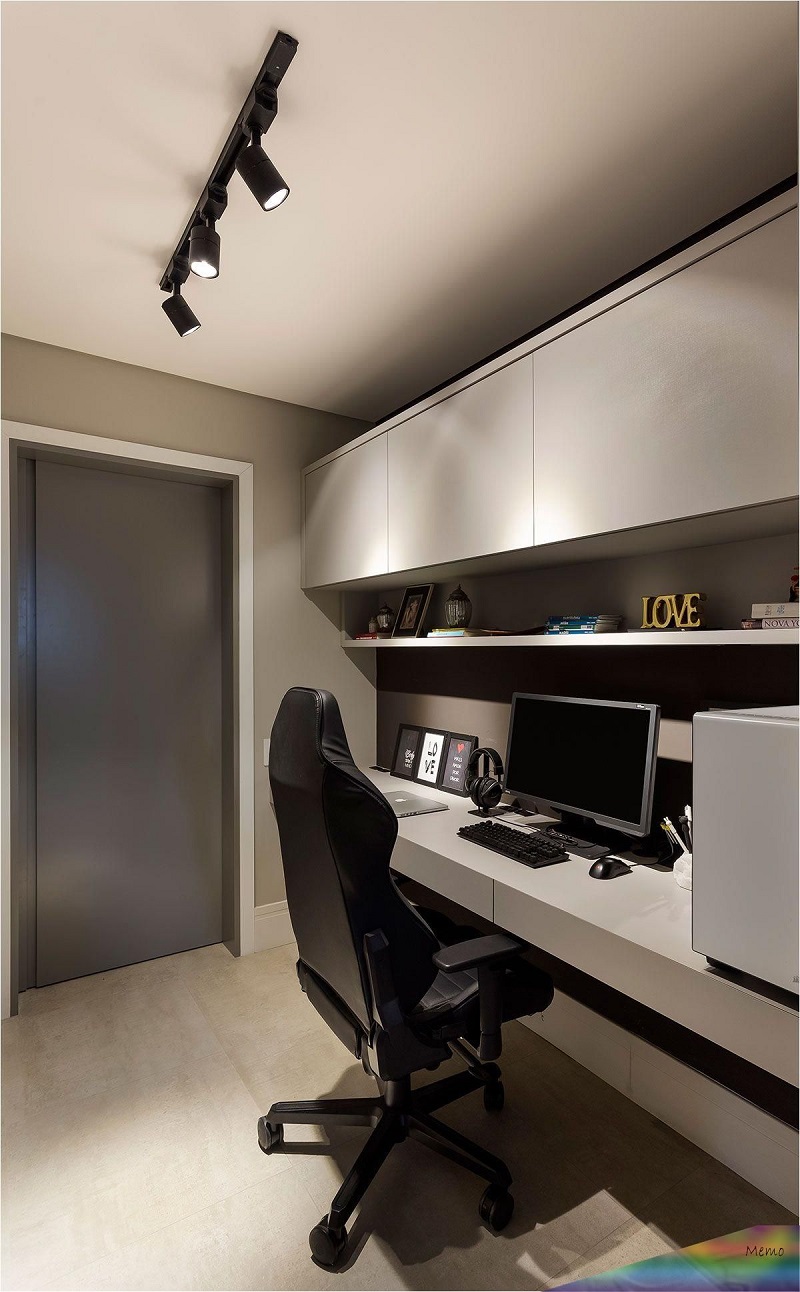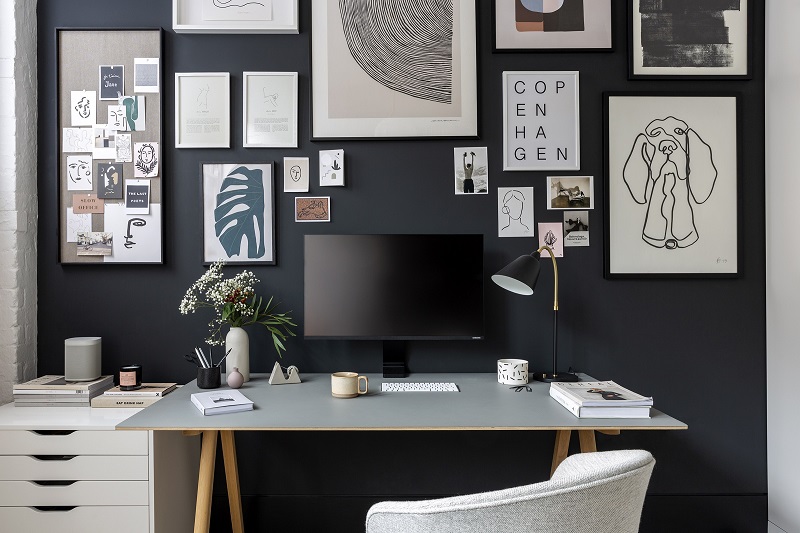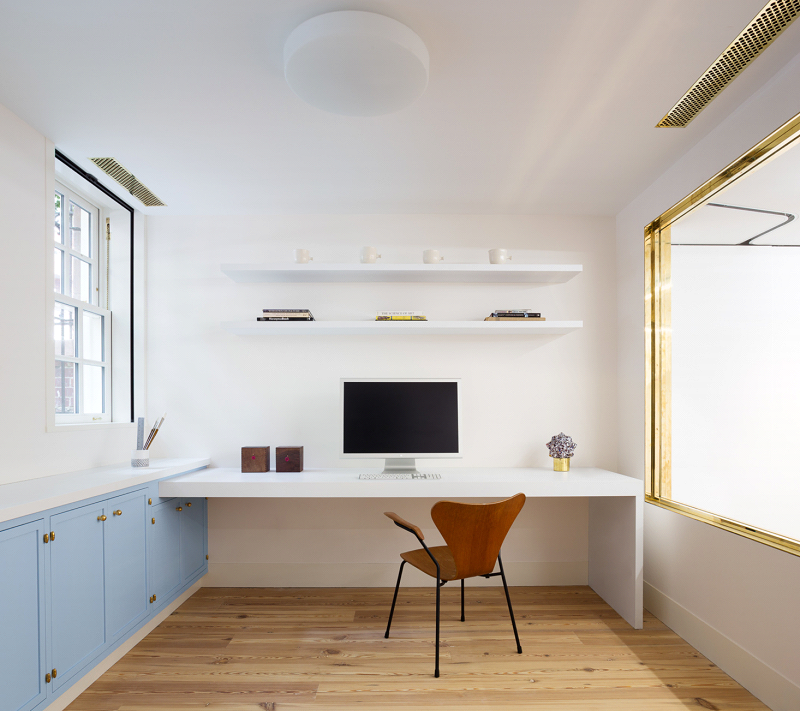A minimalist home office can make any job more enjoyable and productive! Check out some tips to embrace this global trend.
What was once a market trend has become a reality for thousands of people around the world.
This is because working from home was already common for many professions, but it was in the last few months, due to the pandemic, that most people discovered what working from home is like and its advantages.
Greater flexibility in working hours and the possibility of being more present with family, for example, are some of the benefits felt by those who have moved their office into their home.
Companies have also realized that investing in remote work means greater savings, and it is expected that many will continue to adopt this business model when the pandemic ends.
But the challenges of remote work are not only technological. Investing in a workspace that facilitates productivity is important for the success of this endeavor.
A well-organized space is more productive and offers greater peace of mind than a traditional office.
And there’s no excuse for not giving it a try: those who have little space or share an apartment can set up a home office in the bedroom, for example. All it takes is imagination and following some basic principles of minimalist architecture.
Optimize spaces to increase productivity.

The secrets of a minimalist home office are simple: optimization and creativity.
Starting with lighting, how about mixing natural light with artificial lighting specially designed for each task to be performed?
Positioning your workstation near a window offers two main advantages: in addition to taking advantage of sunlight, the view of the street can provide that extra boost needed to make your work more productive.
Opt for functional furniture.

Minimalism in the workspace doesn’t mean low productivity. An organized workspace generates greater mental clarity and facilitates the completion of tasks.
Overhead cabinets and drawers help organize materials and equipment, and reduce “visual clutter.” In addition, strategically positioning furniture helps reduce the number of visible wires and cables, creating a cleaner environment.
How about replacing old filing cabinets and physical archives with digital storage alternatives? By avoiding the accumulation of objects, you keep your home office lighter and more dynamic.
Ergonomics is key.

To ensure productivity, invest in furniture that prioritizes ergonomics. A good quality chair reduces the risk of work-related injuries and spinal problems.
In addition, a desk of the ideal size can be a valuable asset during those times when work extends for hours on end.
Auxiliary tables also contribute to the organization of materials, keeping your main workspace free from obstacles and visual clutter.
Details that add personality.

One of the main characteristics of remote work is the number of virtual meetings. These calls often reveal a glimpse of each person’s workspace.
Those who want to avoid a plain white wall can use details that add personality: bookshelves, pictures, plants, and other decorative objects give a personal touch without compromising professionalism.
And that’s just a little bit about all the potential this space can have. Do you want help designing your minimalist home office? Get in touch with us!

